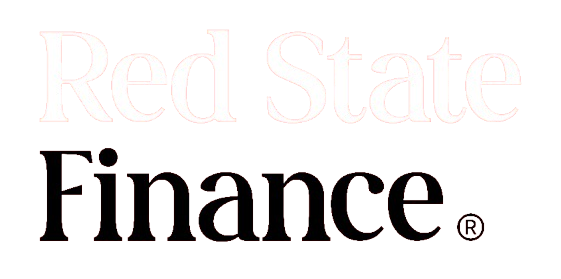Banks Push for Clarity in Stress Tests: A Legal Showdown with the Fed
In a bold move that underscores the ongoing tension between major financial institutions and regulatory bodies, prominent trade associations representing some of the largest banks in the United States have taken legal action. On Tuesday, these groups filed a lawsuit in federal court aimed at compelling the U.S. Federal Reserve to enhance transparency regarding its bank stress tests—an initiative that emerged as a response to the 2008 global financial crisis.
The Background: Stress Tests and Their Importance
Stress tests are designed to evaluate how well banks can withstand economic shocks, ensuring they remain solvent during turbulent times. Instituted after the 2008 crisis, these assessments have become a cornerstone of U.S. banking regulation. They help regulators gauge whether financial institutions hold enough capital to weather adverse economic conditions.
However, as time has passed since their inception, questions about their effectiveness and fairness have surfaced. Critics argue that while stress tests are crucial for maintaining stability within the banking system, they often lack clarity regarding their methodologies and criteria.
The Lawsuit: What’s at Stake?
The lawsuit filed by these trade groups seeks not only greater transparency but also an overhaul of how results from these stress tests are communicated to stakeholders. The plaintiffs contend that without clear guidelines on how assessments are conducted and interpreted, banks face undue uncertainty when planning their capital strategies.
This legal challenge comes at a time when many banks feel squeezed by regulatory demands while trying to balance profitability with compliance costs. According to recent data from S&P Global Market Intelligence, U.S.-based banks reported an average return on equity (ROE) of just 10% last year—a figure significantly lower than pre-crisis levels—indicating mounting pressure on profit margins amid stringent regulations.
Fed’s Response: Proposed Changes Ahead
Interestingly enough, even before this lawsuit was filed, the Federal Reserve had already signaled its intent to revise certain aspects of its annual stress testing process. In recent months, officials hinted at potential changes aimed at refining methodologies used in evaluations and improving communication around test outcomes.
These proposed adjustments could include more detailed disclosures about how scenarios are constructed or what specific metrics influence pass/fail determinations during testing periods. Such moves may be seen as an attempt by regulators not only to address concerns raised by industry players but also to bolster confidence among investors who rely heavily on these assessments for decision-making purposes.
Industry Reactions: A Mixed Bag
Reactions within the banking sector have been varied following news of both the lawsuit and potential Fed reforms. Some executives welcome any steps toward increased transparency; however, others express skepticism about whether mere changes in communication will suffice given deeper systemic issues related to risk management practices across different institutions.
For instance, Jamie Dimon—the CEO of JPMorgan Chase—has long advocated for clearer guidelines surrounding regulatory frameworks affecting large banks while emphasizing responsible lending practices as essential components driving sustainable growth within finance sectors globally.
Meanwhile smaller regional lenders worry that heightened scrutiny could disproportionately impact them compared with larger competitors who possess more resources dedicated towards compliance efforts—a sentiment echoed throughout various discussions held during recent industry conferences focused on navigating post-pandemic recovery challenges facing all types of financial entities today.
Conclusion: Navigating Uncertain Waters Ahead
As this legal battle unfolds between major U.S.banks seeking clarity from regulators over critical stress-testing protocols—and with ongoing discussions surrounding proposed reforms—it remains clear that both sides must find common ground if they hope ultimately achieve stability within America’s complex banking landscape moving forward into uncertain economic waters ahead.





